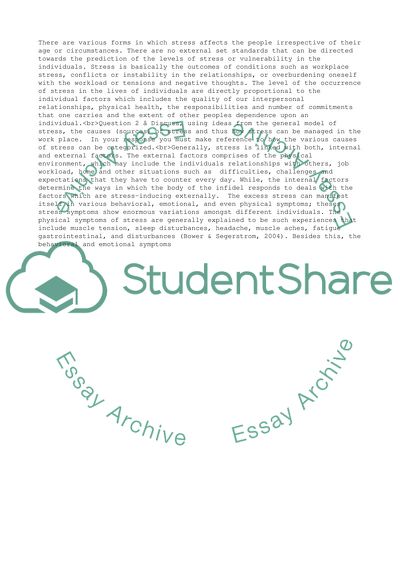Cite this document
(Leading and Managing in Organisations Assignment, n.d.)
Leading and Managing in Organisations Assignment. https://studentshare.org/management/1787822-leading-and-managing-in-organisations
Leading and Managing in Organisations Assignment. https://studentshare.org/management/1787822-leading-and-managing-in-organisations
(Leading and Managing in Organisations Assignment)
Leading and Managing in Organisations Assignment. https://studentshare.org/management/1787822-leading-and-managing-in-organisations.
Leading and Managing in Organisations Assignment. https://studentshare.org/management/1787822-leading-and-managing-in-organisations.
“Leading and Managing in Organisations Assignment”. https://studentshare.org/management/1787822-leading-and-managing-in-organisations.


